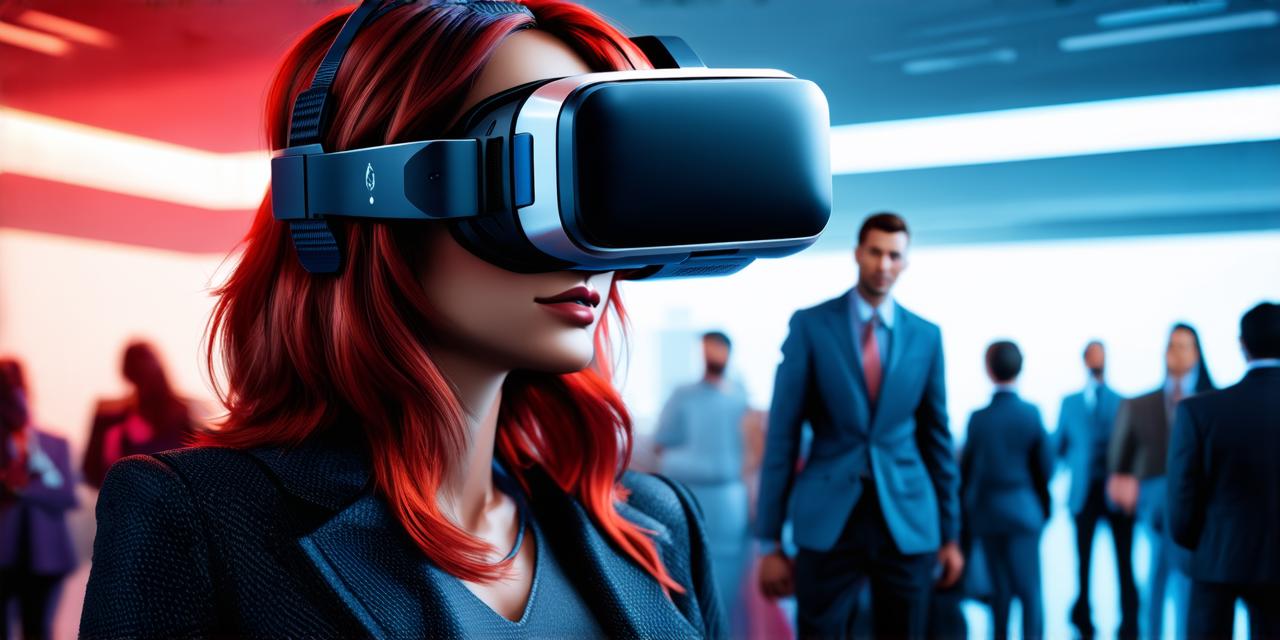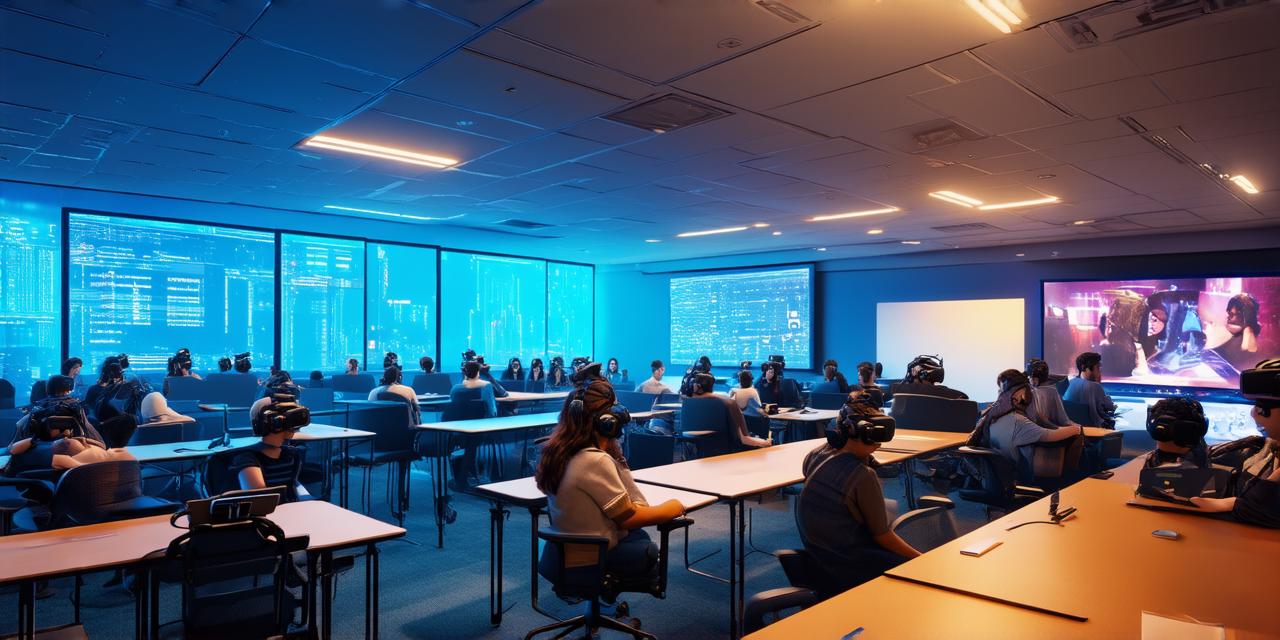
What is Virtual Reality?
Virtual reality (VR) is a computer-generated simulation that immerses users in a simulated 3D environment. It uses sensors, cameras, and headsets to track the user’s movements and create a realistic experience. VR has been used for gaming, entertainment, education, and healthcare but is now being explored as an effective training tool in business.
Why Virtual Reality for Business Training?
Virtual reality offers several advantages over traditional training methods. Here are some of the primary benefits:
- Realistic Training Scenarios
- Cost-Effective
- Immersive Learning Experience
- Safe Learning Environment
- Increased Motivation
One of the main advantages of VR for business training is that it allows learners to experience real-world scenarios in a controlled environment. This provides an opportunity for employees to practice and perfect their skills without any risks or consequences.
Virtual reality training is often more cost-effective than traditional training methods because it eliminates the need for expensive equipment and resources. VR simulations can be accessed from anywhere with an internet connection, making it possible to train employees without incurring travel expenses or renting a training facility.
Virtual reality provides an immersive learning experience that captures learners’ attention and makes them more engaged. When employees are fully immersed in a virtual environment, they are more likely to retain information and apply it in real-life situations.
Virtual reality provides a safe learning environment for employees to practice new skills and make mistakes without any consequences. In a virtual environment, learners can experiment and try different approaches without worrying about the consequences. This allows them to develop their skills in a risk-free environment, which can lead to better job performance and higher productivity.
Virtual reality training is often more motivating than traditional training methods because it provides learners with an opportunity for hands-on experience and real-time feedback. When employees are fully engaged in a virtual simulation, they feel more invested in the learning process and are more likely to take ownership of their development.
Case Studies
There are many examples of businesses using VR for training purposes. Here are a few case studies that illustrate the benefits of virtual reality for business training:
- Walmart
- Ford
- NASA
Walmart, one of the world’s largest retailers, uses VR simulations to train its employees on how to handle customer service interactions. Walmart’s VR program, called “Virtual Academy,” simulates real-world scenarios such as dealing with difficult customers or handling theft. By training employees in a virtual environment, Walmart can provide them with safe and controlled experiences that help them develop their skills without putting the company at risk.
Ford uses VR to train its assembly line workers on how to perform their tasks efficiently and safely. Ford’s VR program, called “Virtual Reality Assembly Plant Experience,” simulates the assembly line process in a virtual environment. Workers can practice their skills in a controlled environment without putting themselves or others at risk. The program has been shown to improve job performance and reduce errors on the assembly line.
NASA uses VR to train its astronauts on how to perform tasks in space. NASA’s VR program, called “Virtual Reality Trainer,” simulates the environment of a spaceship or space station. Astronauts can practice their skills in a controlled environment without putting themselves or others at risk. The program has been shown to improve job performance and reduce errors during space missions.
Conclusion
In conclusion, virtual reality offers several advantages over traditional training methods for businesses. By providing realistic training scenarios, cost-effective solutions, immersive learning experiences, safe learning environments, and increased motivation, VR can help organizations develop their employees’ skills and improve job performance. As VR technology continues to evolve, we can expect more businesses to adopt this innovative training tool in the future.
FAQs
Here are some frequently asked questions about virtual reality for business training:
1. What industries use virtual reality for training?
Virtual reality is used in a variety of industries such as gaming, entertainment, education, healthcare, and business.
2. How does virtual reality work?
Virtual reality uses sensors, cameras, and headsets to track the user’s movements and create a realistic environment.
3. What are some examples of businesses using virtual reality for training?
Walmart, Ford, and NASA are just a few examples of businesses using virtual reality for training purposes.
4. How does virtual reality improve employee performance?
Virtual reality provides an immersive learning experience that captures learners’ attention and makes them more engaged, leading to better job performance.
5. Is virtual reality cost-effective?
Yes, virtual reality can be more cost-effective than traditional training methods because it eliminates the need for expensive equipment and resources.




